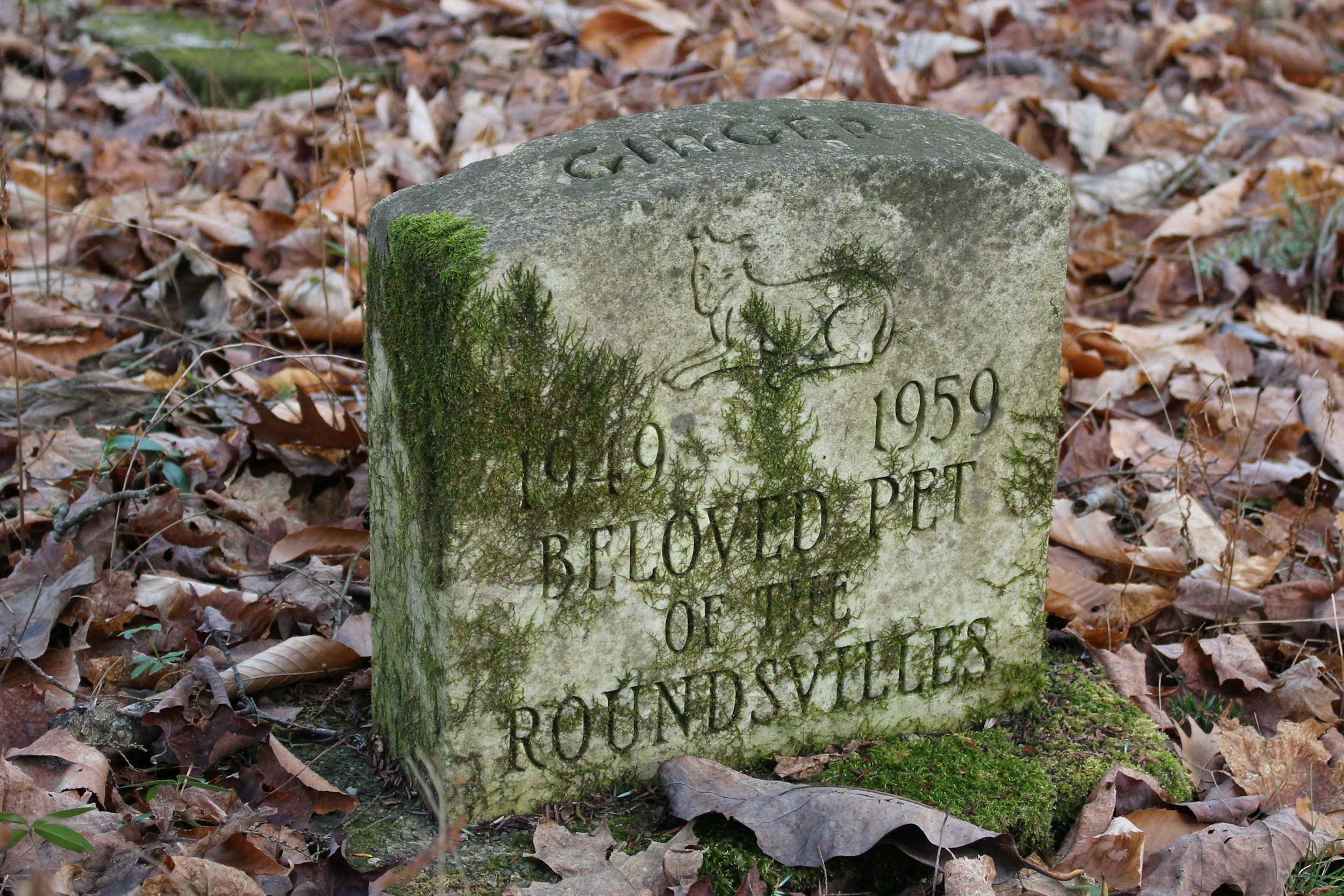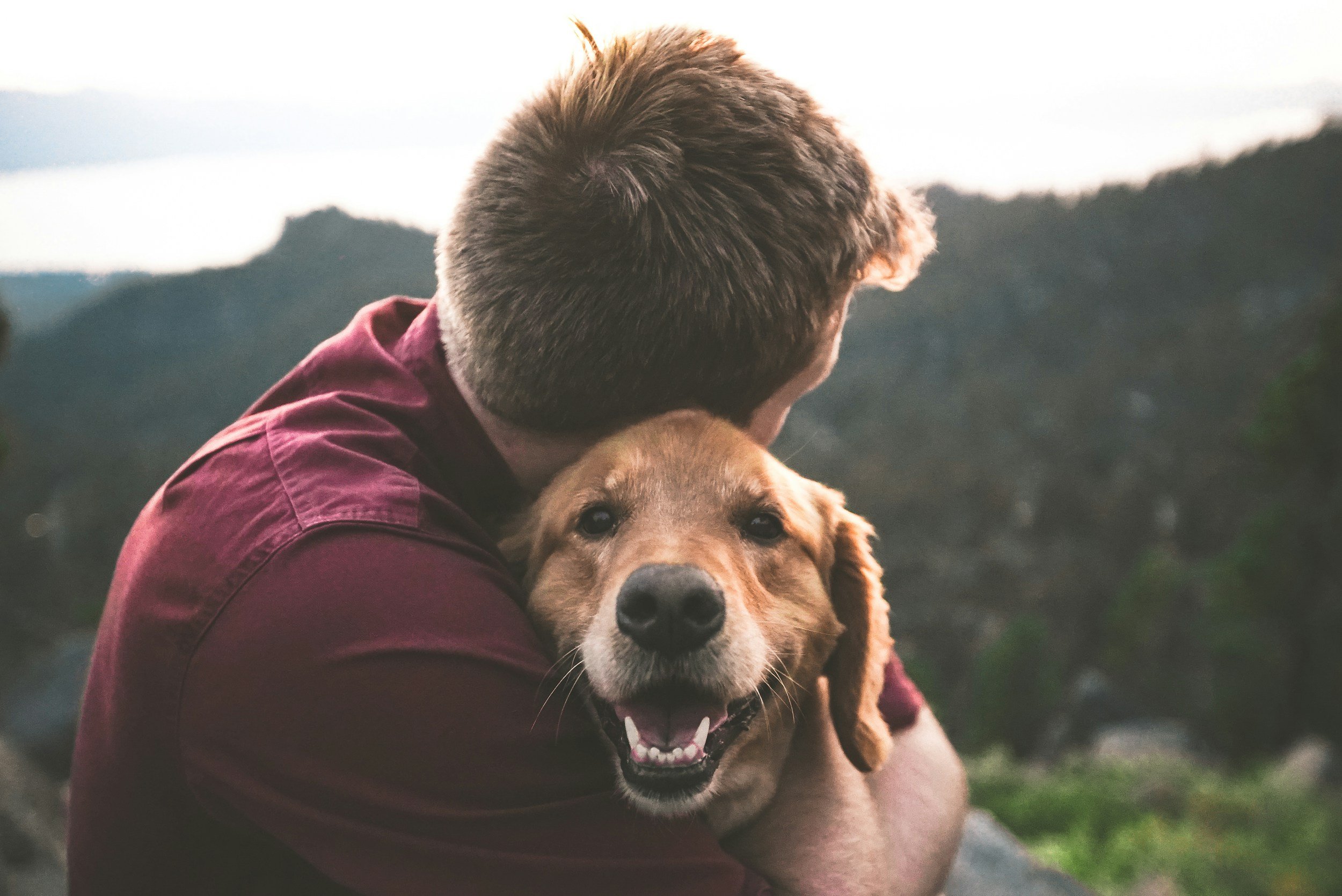
Who Really Handles Your Pet? Understanding the Chain of Custody
A high-quality transfer process is slow where it needs to be slow. It is intentional about identification. It uses redundancies to protect against human error. And most of all, it sees the animal not as a “case” but as a story—someone’s family.
By contrast, a careless process looks fast and transactional. It can leave families feeling as though the love they carried for years is being hurried into a van, filed as a task on a clipboard.

What Happens After Goodbye? The Hidden World of Pet Aftercare
This blog series is an invitation to pull back the curtain. To speak plainly about what happens after goodbye—not to diminish the emotion, but to create trust. Because when we replace mystery with understanding, we give grief just a little more room to heal.

Flame Cremation Isn’t Right for Every Family
Emotionally, flame cremation can feel abrupt, clinical, and detached. The process often takes place off-site, in an industrial facility, with little opportunity for families to participate in or witness the journey. For those seeking meaning, ritual, and a chance to say goodbye, the experience can feel incomplete

Did You Know: Not All Crematories Keep Pet Remains Separate
In the pet cremation industry, there is often a troubling lack of transparency. Some providers cut corners by performing communal or batch cremations, where multiple animals are cremated together. The result? Ashes can be mixed, and families may unknowingly receive a blend of remains—or none of their pet’s at all. This practice isn’t just heartbreaking—it’s deceptive. A 2019 investigative report by the Cremation Association of North America (CANA) revealed that nearly 40% of pet crematories lacked clearly defined protocols to ensure individual pet identification throughout the cremation process

Cremation Can Feel Impersonal or Abrupt
Many families in the Fargo–Moorhead area report that flame cremation can feel cold, rushed, and transactional. Pets are sometimes taken away quickly, with little to no opportunity for ceremony, reflection, or even a final goodbye. This lack of ritual can leave pet parents feeling disconnected or emotionally unresolved.
Research from the American Psychological Association (APA, 2020) shows that rituals—no matter how simple—play a vital role in coping with grief.

Cremated Ashes Aren’t Good for Plants or Soil
Many pet parents dream of returning their beloved companions to the earth—scattering ashes under a favorite tree, in a backyard garden, or across the prairie. But few realize that cremated remains, despite being called “ashes,” are not soil-friendly.
Flame cremation doesn’t produce soft ash like a campfire. Instead, it creates bone fragments that are processed into a fine, chalky substance known as cremains. These cremains are highly alkaline

Cremation Relies on Fossil Fuels: A Cost We Can No Longer Afford
Flame cremation requires extreme heat—typically 1,400 to 1,800 degrees Fahrenheit. To maintain these temperatures, crematories use significant amounts of non-renewable fossil fuels like natural gas or propane. According to the National Renewable Energy Laboratory (2021), a single cremation consumes enough fuel to power the average home for 3 to 4 days. Multiply that across the country’s estimated 1.6 million pet cremations annually, and the environmental cost becomes staggering.

Cremation Emits Harmful Greenhouse Gases: A Hidden Cost of Saying Goodbye
Many families choose flame-based cremation without knowing the environmental costs. One of the most significant—and least discussed—issues is the amount of greenhouse gas released during the cremation process. Each flame cremation relies on extremely high temperatures, usually generated by burning natural gas or propane. According to research from the Funeral Consumers Alliance (2023), a single pet cremation can emit between 160–190 lbs of CO₂. Multiply that by the millions of pet cremations each year, and the environmental toll becomes clear.

Love Isn’t Measured in Labor: Health Risks of Backyard Burial
Pet burial, especially at home, poses potential health concerns for both people and the environment. Animals that have been euthanized often carry residual pentobarbital, a strong sedative that remains in the body after death. If another animal—wild or domestic—were to disturb that grave, even trace amounts can be fatal. According to the FDA (2022), scavenged pentobarbital-laced remains have caused deaths in wildlife and even pets in rural and suburban neighborhoods.

When Grief Meets a Shovel: Rethinking Backyard Pet Burial
Grief researchers have shown that decision-making under emotional strain can lead to “complicated grief,” where the trauma of the moment interferes with healthy mourning (Shear, 2015). For families who later move, sell their home, or see their pet’s grave disturbed, the intended comfort of a backyard burial can evolve into guilt or anxiety.

What Happens to Your Pet’s Grave When You Move?
The average American moves over 11 times in their lifetime, often for work, family, or housing costs (U.S. Census Bureau, 2023). That means even the most well-intentioned backyard grave may one day be left behind. For many families, the emotional toll of abandoning a pet’s final resting place can be unexpectedly intense—and irreversible.

Running Out of Room: Why Burial Isn’t a Sustainable Option
The truth is, burial takes up space most households can’t afford to give. In high-density areas, zoning restrictions or HOA policies often prohibit backyard burials altogether. Even in rural communities, land use is shifting: small farms are being subdivided into residential lots, and land that once seemed private and permanent can be sold, rezoned, or developed.

Is Backyard Pet Burial Legal? What You Need to Know
Laws governing pet burial vary not only from state to state, but sometimes by county or city. In many regions, home burial is only allowed under strict conditions—if it’s allowed at all. For instance, some states require the burial site to be a minimum distance from water sources, wells, or inhabited structures. Others mandate a minimum depth, typically around three to five feet, to prevent scavenging and environmental exposure

How Backyard Pet Burial Can Harm Wildlife in the Eastern Great Plains
One major concern is the exposure of scavengers to euthanasia drugs like pentobarbital. These drugs remain active in the bodies of buried animals for months and can be lethal to any animal that digs them up. In Fargo and nearby areas, scavengers like red foxes, coyotes, raccoons, and domestic dogs are all known to investigate disturbed soil. Rural farms often attract these animals, increasing the risk of exposure in agricultural zones (North Dakota Game and Fish Department, 2022).

Why Backyard Pet Burial May Harm the Environment
When a pet is buried after euthanasia, residual chemicals—especially pentobarbital, a barbiturate used in nearly all euthanasia procedures—can remain in the body. Over time, these chemicals can leach into soil and groundwater, potentially contaminating local water supplies or harming wildlife that may come into contact with the remains.

A Final Act of Love: Honoring Pets Through Thoughtful End-of-Life Choices
End-of-life care decisions, from veterinary support to aftercare options, allow pet owners to ensure their animal’s final moments are filled with comfort, dignity, and peace. Thoughtful planning—whether it’s choosing in-home euthanasia, selecting a sustainable aftercare method like aquamation, or creating a meaningful farewell—can provide closure and honor a pet’s lasting impact.

Love and Legacy: Honoring Pets with Meaningful Decisions
For many of us, pets are more than companions—they are family. When their time with us comes to an end, the choices we make for their aftercare not only reflect our love but also leave a legacy of how we honor the bond we shared. In Fargo, North Dakota, where pet owners seek compassionate solutions, these decisions are an opportunity to merge love with meaningful action.
Flame-based “traditional” pet cremation is a familiar choice, offering closure through memorialization. Yet, as more people explore environmentally conscious options, aquamation is emerging as a thoughtful alternative. This water-based process mirrors the natural decomposition of life, using far less energy and producing minimal emissions compared to cremation. According to research by Bartley et al. (2020), aquamation consumes only one-tenth the energy of fire-based cremation, reducing the environmental impact while offering the same opportunity to honor your pet’s memory.

Planning Ahead for Peace of Mind: Why Pre-Planning Pet Aftercare Matters
Losing a beloved pet is one of the hardest experiences a family can face, but thoughtful planning can bring peace of mind during such an emotional time. Pre-planning pet aftercare allows families to focus on celebrating their pet’s life instead of making rushed decisions during moments of grief.

Why Do Euthanasia Requests Spike in Veterinary Clinics During the Holidays?
Veterinary clinics often report an increase in euthanasia requests during November and December. While scientific studies on this trend are limited, several factors are widely believed to contribute to this seasonal pattern…

Eco-Friendly Urns: Honoring Your Loved One While Caring for the Planet
One of the primary benefits of eco-friendly urns is the use of sustainable materials. Unlike traditional urns made from metal, wood, or ceramic, many eco-friendly urns are crafted from biodegradable substances like bamboo, cornstarch, recycled paper, or even natural salts
